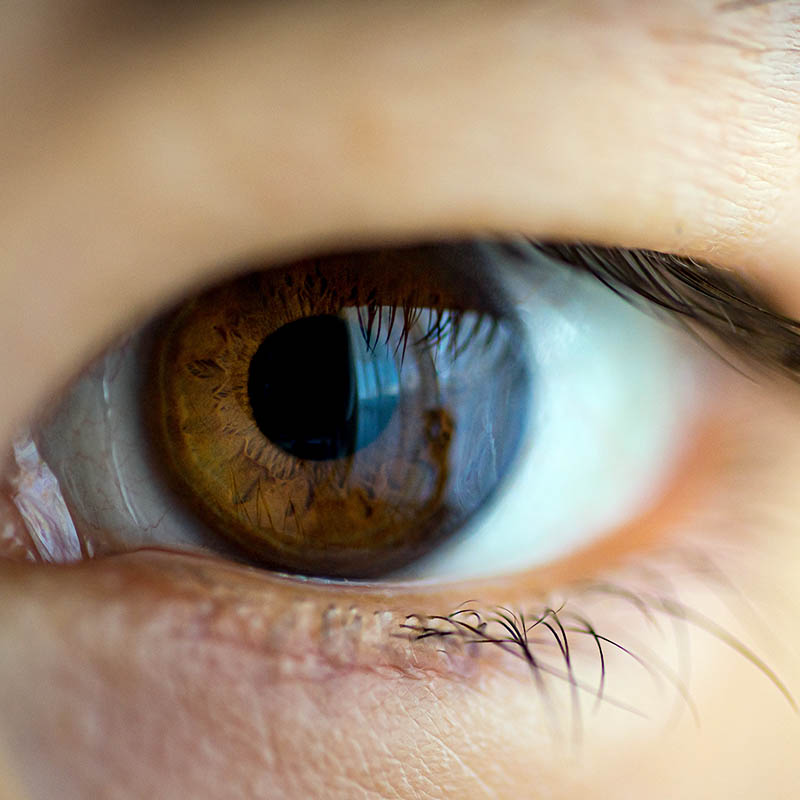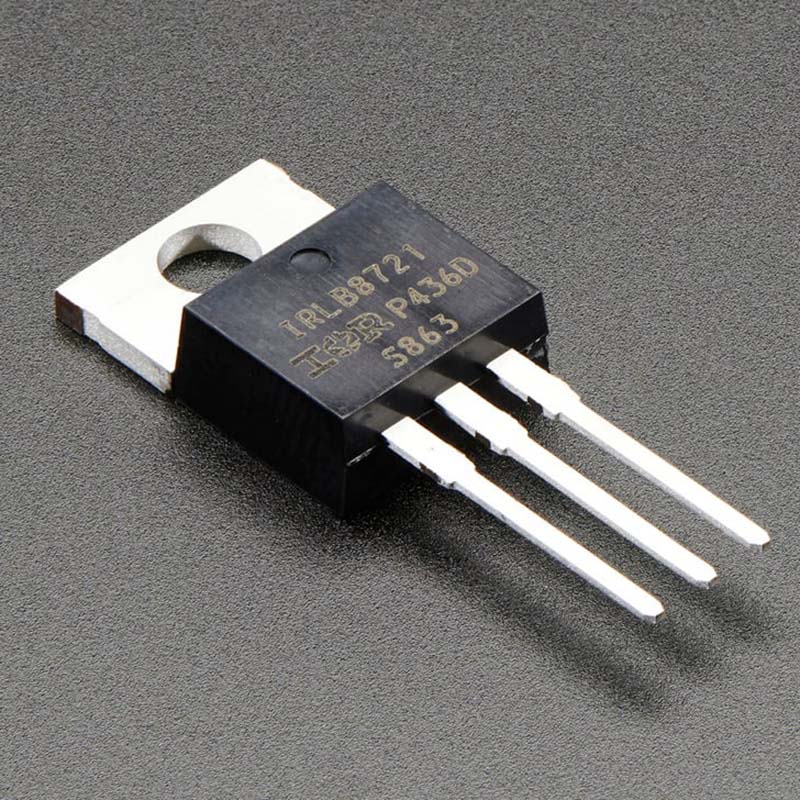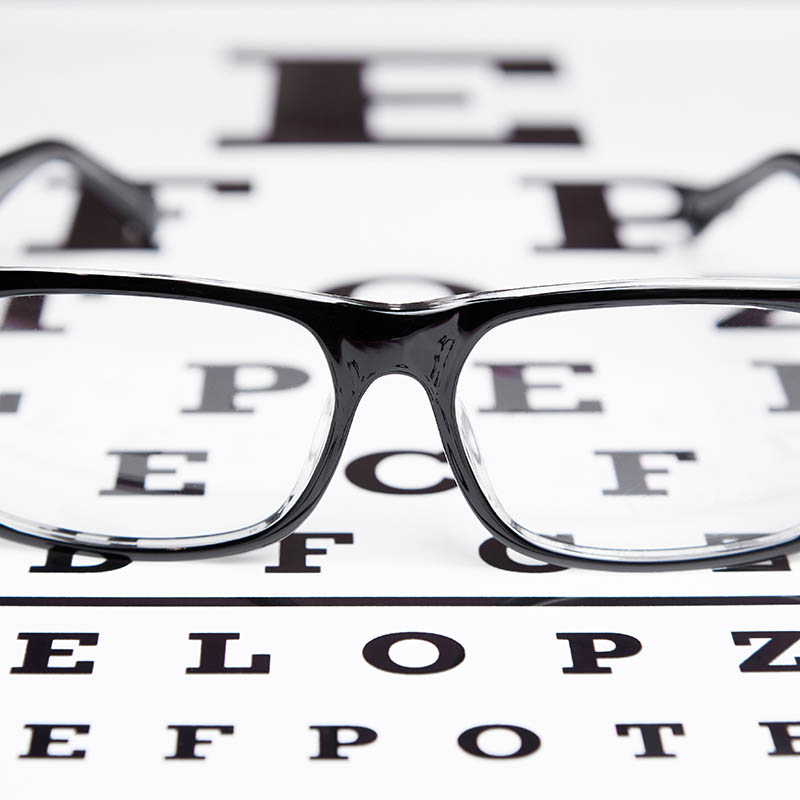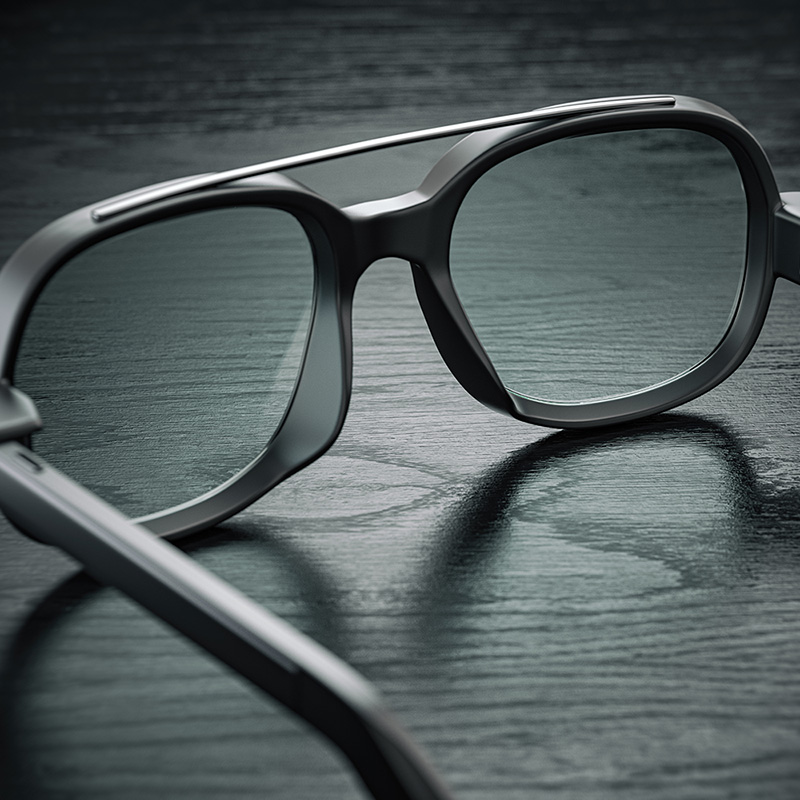Creating a Versatile Mobile Device to Assist the Visually Impaired Using Object Detection
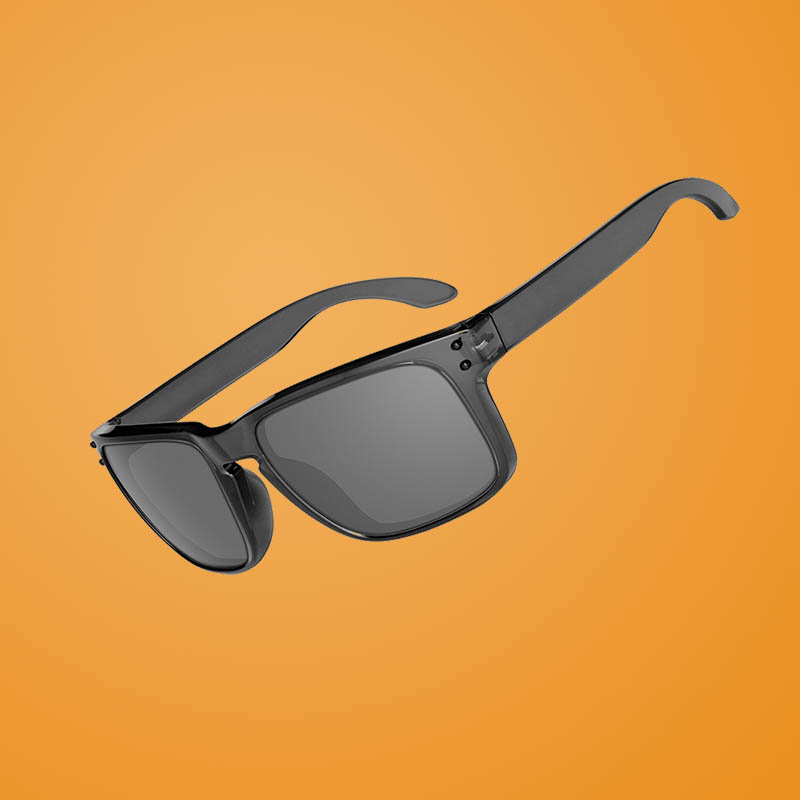
By: Atharv P.Year: 2024School: Fairmont Private Schools, North Tustin CampusGrade: 8Science Teacher: Joshua Riturban The challenges faced by visually impaired individuals often require the support of innovative technology to facilitate daily tasks. Atharv’s OCSEF project aims to bridge this gap by creating a device that enhances the lives of the visually impaired. The prototype Atharv built is equipped …

